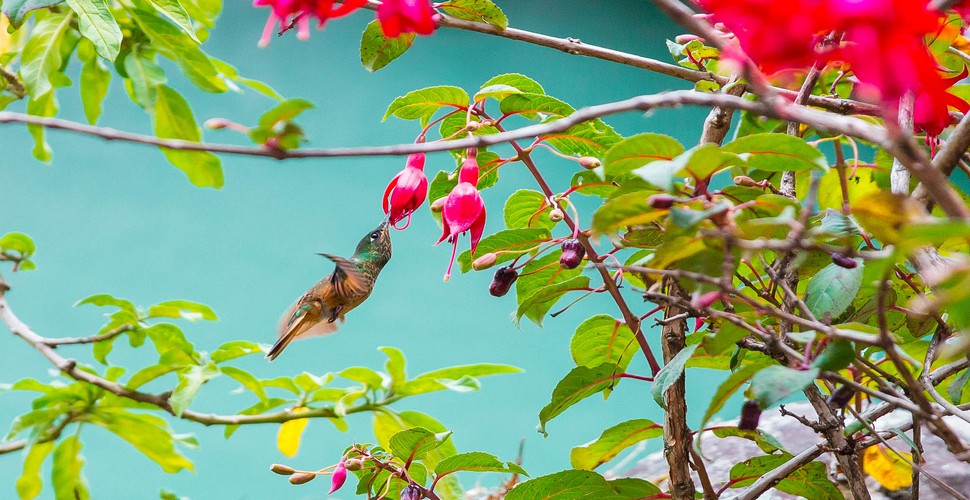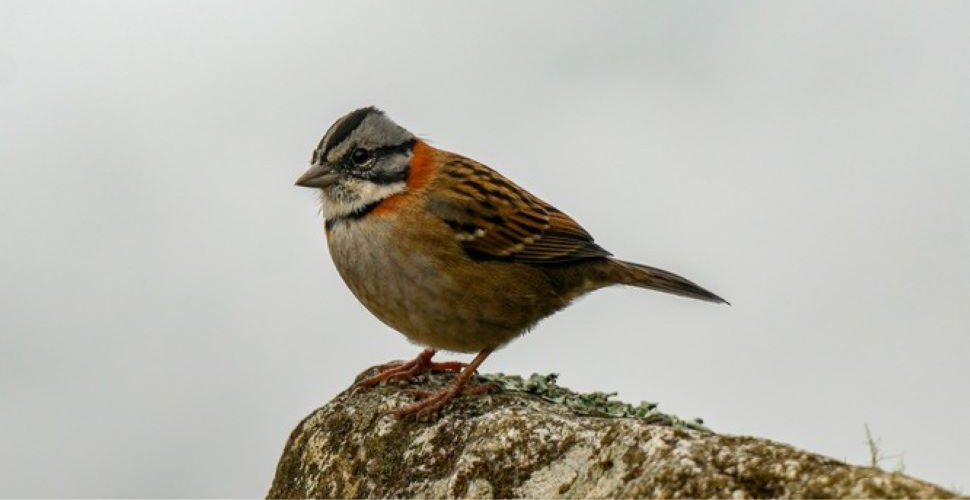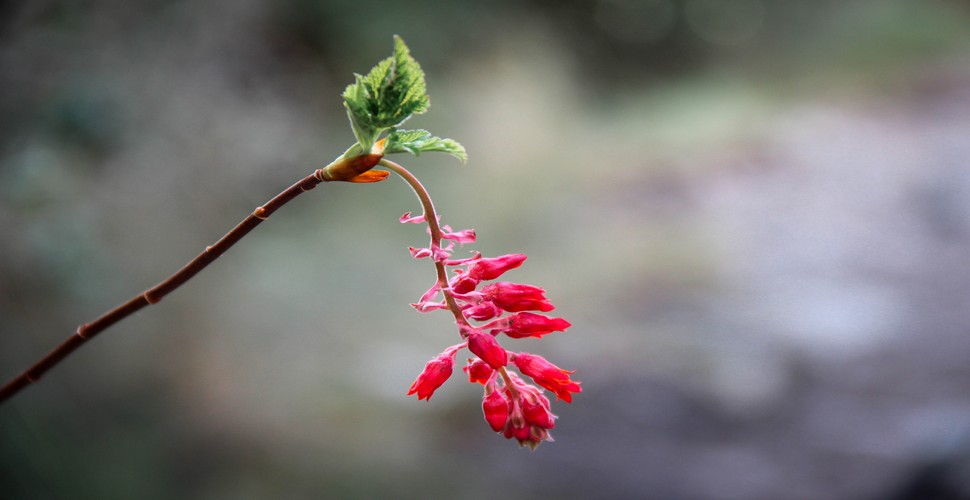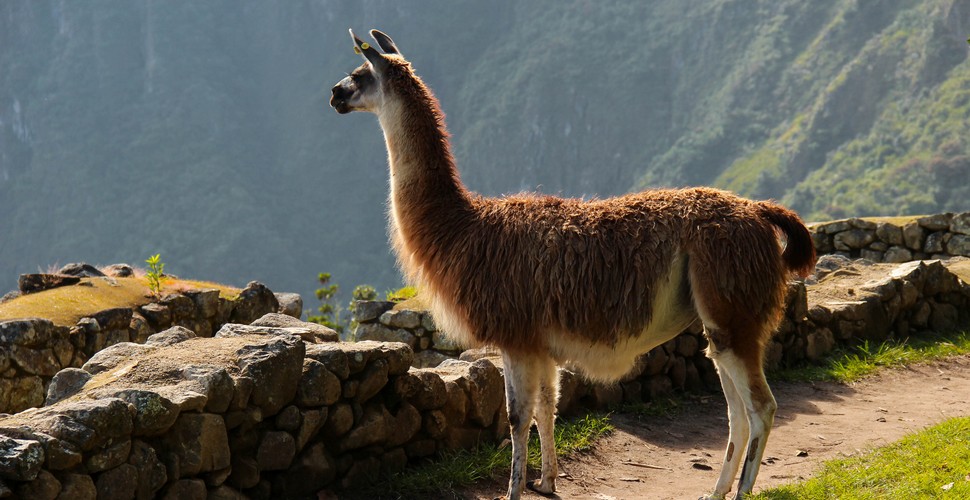
The Nature and Ecology of Machu Picchu
As well as Machu Picchu’s ancient history, the Machu Picchu area has remarkable flora and fauna that increase the enjoyment of your trekking routes such The Inca Trail hike, or Machu Picchu visit. The lush, green cloud forests and mountainous terrains provide a home for more than 3,000 varieties of orchids for example. Machu Picchu is a haven for naturalists photographers, birdwatchers, ecologists, and this unique setting in the cloud forest provides once-in-a-lifetime nature opportunities. Imagine, the birds of Machu Picchu dart around, the plants, shrubs, and flowers of the Inca Trail surround you with their stunning natural, untouched beauty.
Video Will Appear Soon!
A Bird Watchers Paradise
Why Machu Picchu is an Ornithologist's Heaven
Peru is home to 1,800 species of birds, comprising almost 20% of the world’s total bird species. It also has the best climatic conditions for bird life. Additionally, new bird species are still being discovered in Peru’s National Parks, cloud forests, and mountains. As you hike through the different elevations and terrain on the Inca Trail, you will have the opportunity to watch these amazing birds. While on the Inca Trail Hike or on any other trek to Machu Picchu, hikers can observe hummingbirds, tanagers, thick-billed euphonias, torrent duck, and many indigenous bird species that are fundamental in the fragile ecosystems of Machu Picchu.
Many birds in Peru are unique for their unusual appearance and strikingly bright colors. Along the Inca Trail to Machu Picchu, some birds can be spotted in the trees, and others are hopping on the ground. Keep an eye open for Peru’s national bird, the cock-of-the-rock, which is native to the cloud forests around Machu Picchu. If you are lucky enough to see it perform its courtship dance, it is a sight to behold. Hopefully, you can spot the Rufous-Collared Sparrow, famous for its distinctive song. Additionally, observe the Band-Tailed Seedeater, which is always spotted in pairs. These are just some of the fascinating birds that the Inca Trail hike offers. To see a wide variety of these Machu Picchu birds combined with astonishing scenery, book an Inca Trail Hike to Machu Picchu or a Salkantay trek with Valencia Travel Cusco.
Flowers and Plants in The Machu Picchu Region
The giant Machu Picchu reserve has enormous ecological diversity, making the Inca Trail Hike a focal point for scientific interest. Due to the humid and mild climate of Machu Picchu and the cloud forest region, Peru has an estimated 25,000 plant species, which is 10% of all species on the entire planet! In fact, Peruvian flora is one of the most diverse on the planet. The primary forest ecosystem has lush vegetation, shrubs, ferns, and ancient tall palm trees. At higher elevations, endemic mountain tree species can be found, such as the beautiful Queñua tree or Polylepis, found along the Salkantay Trek.
Orchids – The Signature Flower of Machu Picchu
The crown jewel of flora along the Inca Trail to Machu Picchu is the abundance and variety of orchids. There are 3,000 varieties of the flower growing in the Machu Picchu and Inca trail region.
The Llamas of Machu Picchu – Their Importance in Inca Society
The llamas of Machu Picchu were so important to Inca society that hunting them was forbidden. Llama herders and farmers held elevated places in the Inca culture, as the preservation and the health of the llama herds directly affected the survival of the people. Disease or poor health of a herd could have a catastrophic effect on the villagers. Llamas were also used by the Inca priests in their religious ceremonies. Domesticated about 4000 years ago by the Quechua people, alpacas and llamas were important for the Inca civilization and are still part of Peruvian Andean culture today. Although they wander free around Machu Picchu ruins, further south, they are herded and used to support local communities. Wool from the animals is used in weaving and textiles all throughout the Machu Picchu region and the Sacred Valley. Not only are the herds still cared for by the indigenous people, but the nutritious meat also feeds many people in the nearby urban areas. Llamas, being herd animals, socialize with each other in a variety of ways, from neck “hugging” to wrestling, kicking, and even spitting. Farmers have to be careful not to over-socialize baby llamas with humans, otherwise, the llamas will grow up to treat humans in a similar manner! Llamas are also very gentle creatures. They can be easily trained and are very curious creatures. Photographers at Machu Picchu will find their photos packed full of llama “photobombs” from their Machu Picchu tours!
 Aventure
Aventure
 Cultural
Cultural
 Gastronomy
Gastronomy
 Wellness
Wellness
 Local Living
Local Living
 Luxury
Luxury



